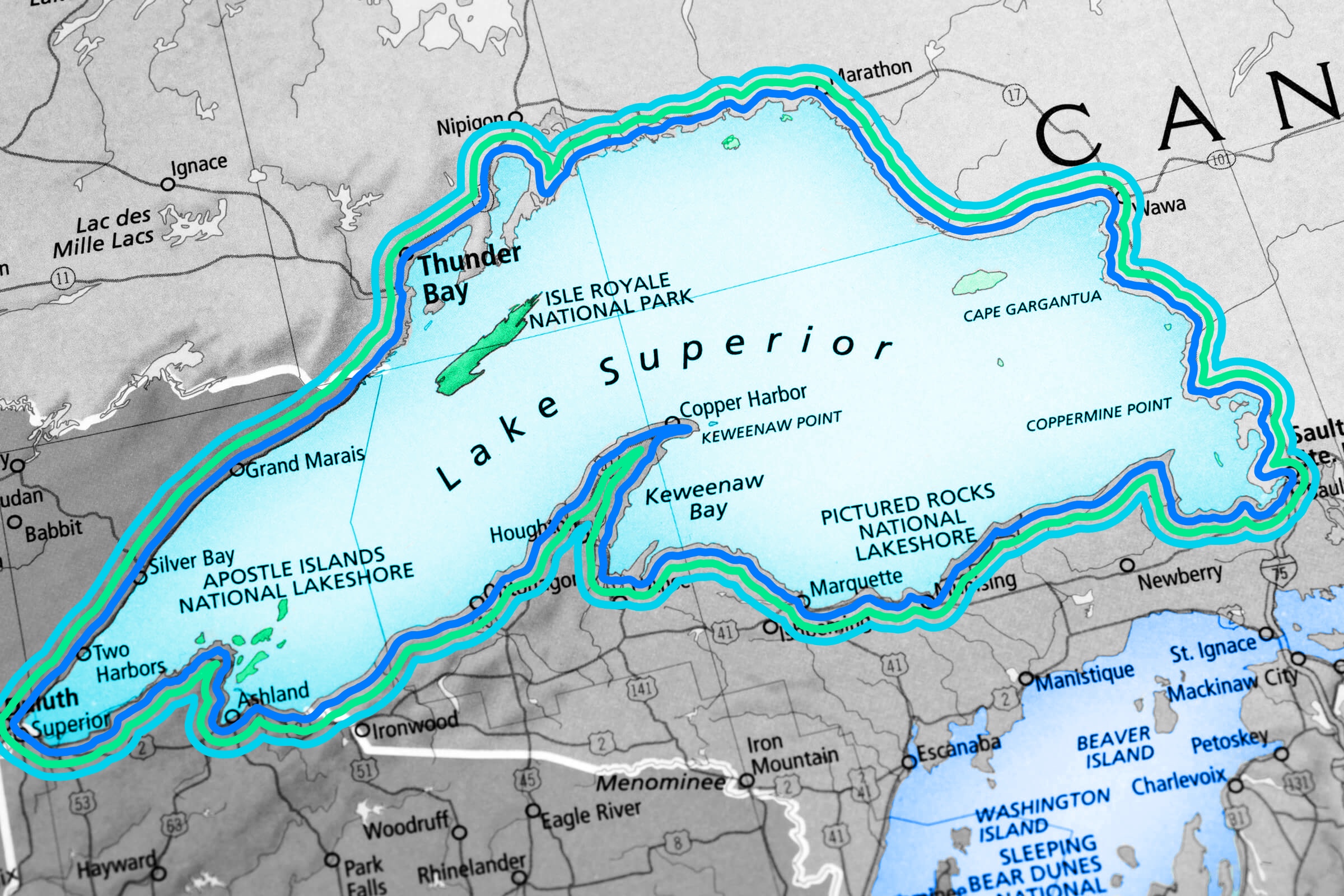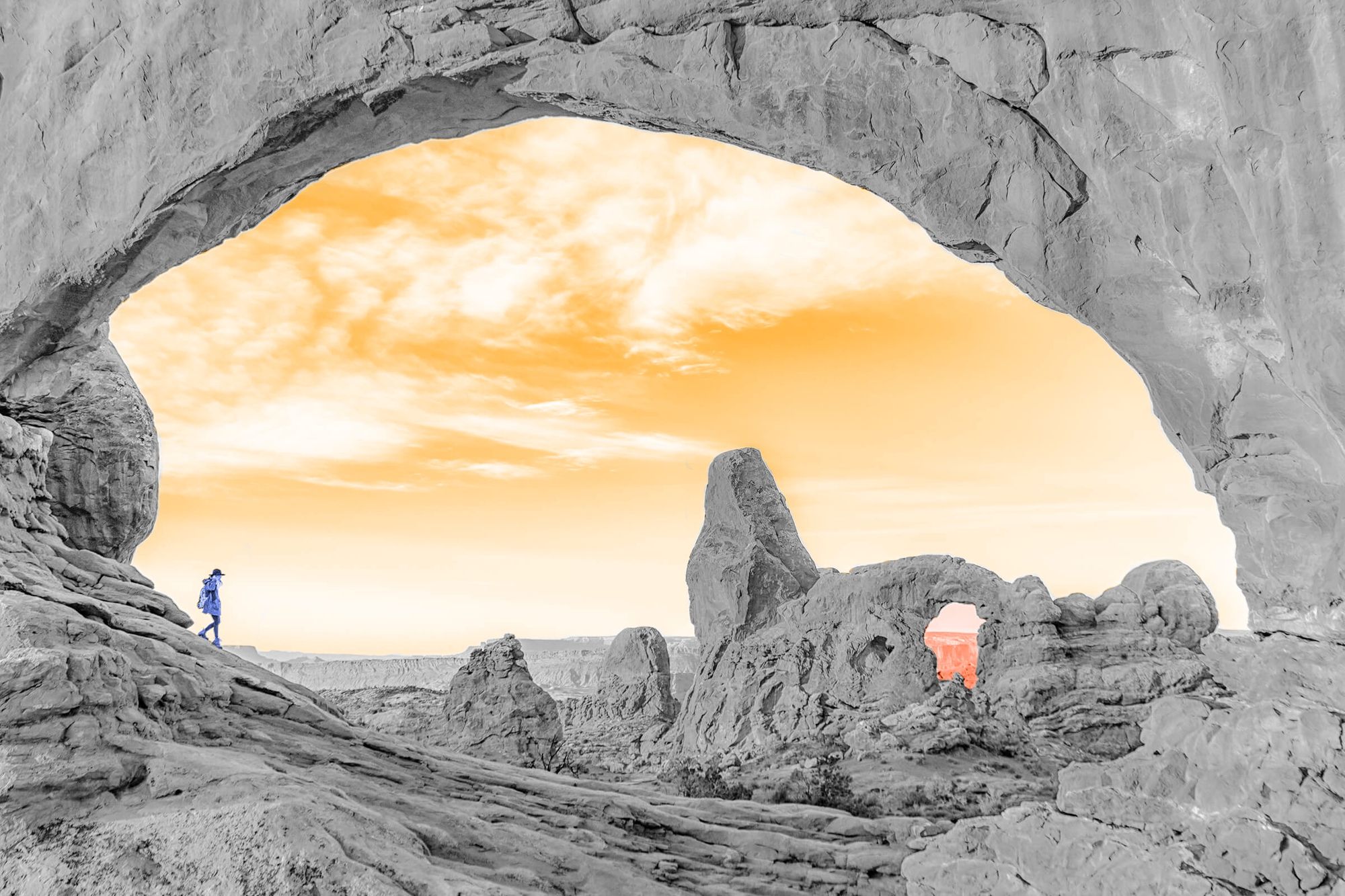
The Great Lakes hold more than 20% of the world's surface fresh water.
It takes some audacity to be named the Great Lakes. After all, there are millions of lakes on planet Earth. But when it comes to North America's fascinating freshwater system, the adjective “great” is well earned. Consisting of five lakes — Huron, Erie, Superior, Ontario, and Michigan — the Great Lakes stretch some 94,600 square miles, making them one of the largest surface freshwater systems in the world. In fact, these lakes are so big that they include more than 20% of the world’s surface fresh water, or 6 quadrillion gallons of it. That’s so much water that if you spilled the entire contents of the Great Lakes throughout the Lower 48, the entire contiguous U.S. would be submerged in nearly 10 feet of water.
With such an abundance of fresh water and natural resources, the Great Lakes have been a hotbed for human habitation. But over the years, increasing activity around the lakes has led to an onslaught of industrial, urban, and other pollutants, as well as more than 100 non-native and invasive species that have damaged their ecosystems. Because less than 1% of the water in the Great Lakes leaves the system each year, pollution can linger for a very long time. Today, environmental organizations and government agencies in both the U.S. and Canada are working together to make sure the Great Lakes stay “great.”
As far as we know, there are only two places in our solar system where you’ll find a lake: Earth and Saturn’s largest moon, Titan. At first glance, the two worlds couldn’t be more different. Titan’s mass is 1/45th of Earth’s, its surface temperature hovers around -292 degrees Fahrenheit, and one day on Titan lasts nearly 16 Earth days. But there are a few similarities. One is that, like Earth, Titan has a weather system that seems to involve rain pouring from clouds and pooling into oceans, rivers, and lakes — and some of these lakes can be absolutely huge. Titan’s lake Kraken Mare, for example, is nearly the size of all the Great Lakes combined and could be up to 1,000 feet deep. But instead of water in this massive lake, Kraken Mare (like all of Titan’s other lakes) is filled with liquid ethane and methane. While methane exists as a gas on Earth, it’s a liquid on Titan, thanks to the freezing temperatures, as is its fellow hydrocarbon ethane. But you probably don’t want to try swimming in Titan’s lakes, even if you could somehow withstand the temperatures — methane is less dense than water, which means if you cannonballed into Kraken Mare, you’d sink like a rock.

